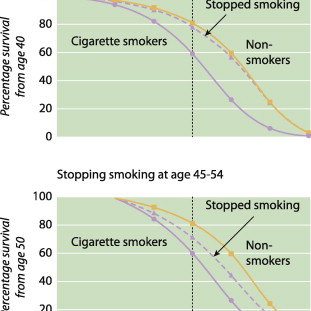
The medical term "cardiovascular disease" (CVD) refers specifically to any disorder of the cardiovascular system, such as coronary artery disease (CAD) or heart failure. The cardiovascular system is also weakened by other underlying physiological factors, such as high blood pressure or high cholesterol, or a pre-existing heart disease.
There are four main types of cardiovascular disease: coronary artery disease (CAD), hypertension, coronary artery disease (CHD), and coronary artery disease with congestive heart failure (CHDF). Each of them has its own individual characteristics, but most have in common that they affect the pumping ability of the heart. While each of these conditions can be fatal, they can all be prevented and treated with healthy lifestyle and exercise changes. The best cure for hypertension is with natural supplements Artepres.
The most common type of CVD is called hypertension. It happens when your blood pressure is either too high or too low for your body. When this happens, your heart pumps blood too much, causing a blood clot to form in the artery wall. A blood clot can cause cardiac arrest if left untreated. If left unchecked, it can lead to a stroke.
Heart failure is caused by many factors. If you have a poor diet, don’t get enough exercise, or smoke, then your chances of having heart failure are greater than if you had the right lifestyle. Some of the major causes of heart failure are poor diet, unhealthy lifestyle habits, and smoking.
Coronary heart disease is another common form of cardiovascular disease. It is caused by hardening and narrowing of the arteries. When this occurs, there is less blood flowing to and from the heart, and it becomes weaker and can even stop.
As mentioned previously, heart failure is a result of several things. For instance, if you already have congestive heart disease, then your risk of heart failure goes up because your heart has to work harder to pump more blood, which causes blood clots.
In addition to the problems mentioned, poor diet, obesity, poor diet, and high cholesterol all contribute to high risks for heart disease. All of these conditions contribute to the risk of heart disease by weakening the walls of the artery walls.
By making lifestyle and diet changes, you can lower your risk of dying from CVD and heart disease. If you are looking for more information on how to change your life for better health, contact your doctor.
CVDs, heart attacks, and heart disease are all deadly, but not nearly as dangerous as smoking. Smoking increases the risk of all three of these conditions, but especially heart disease.
Smoking causes damage to the arteries, the heart, and the lungs. It also clogs the airway, which makes it harder for people to breathe. Also, smoking makes the heart function slower and more irregular, which results in the development of coronary artery disease.
Smoking increases the risk of a heart attack. Many times people who smoke do not even realize they have a heart attack because they have had a heart attack or two during their life and did not realize they were smoking until after the incident.
If you smoke and have CVD or heart disease, there are ways to prevent the progression of the disease. Smoking cessation is a simple way to prevent the damage and death of your heart.
There are other ways that can also help reduce your risk of heart disease. These include drinking more water, getting more fiber, reducing your weight, eating healthier foods, exercising regularly, quitting smoking, exercising, and eating fruits and vegetables. However, if you have heart disease or other serious diseases such as diabetes, high cholesterol, high blood pressure, and a family history of cardiovascular disease, it is best to talk to your doctor before trying to quit smoking.
About the author